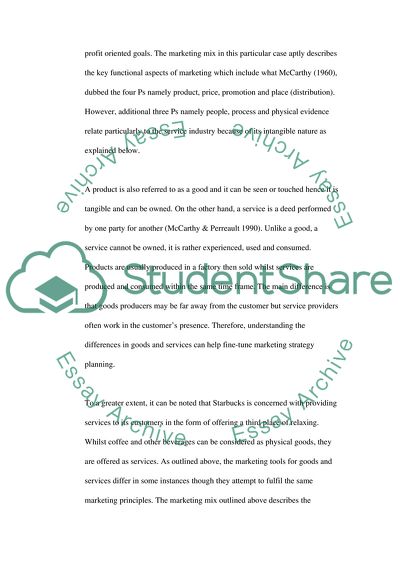Cite this document
(The Specifics of Marketing Services on the Starbucks' Case Study - 1, n.d.)
The Specifics of Marketing Services on the Starbucks' Case Study - 1. Retrieved from https://studentshare.org/marketing/1721147-services-marketing-starbucks-case-study
The Specifics of Marketing Services on the Starbucks' Case Study - 1. Retrieved from https://studentshare.org/marketing/1721147-services-marketing-starbucks-case-study
(The Specifics of Marketing Services on the Starbucks' Case Study - 1)
The Specifics of Marketing Services on the Starbucks' Case Study - 1. https://studentshare.org/marketing/1721147-services-marketing-starbucks-case-study.
The Specifics of Marketing Services on the Starbucks' Case Study - 1. https://studentshare.org/marketing/1721147-services-marketing-starbucks-case-study.
“The Specifics of Marketing Services on the Starbucks' Case Study - 1”, n.d. https://studentshare.org/marketing/1721147-services-marketing-starbucks-case-study.


